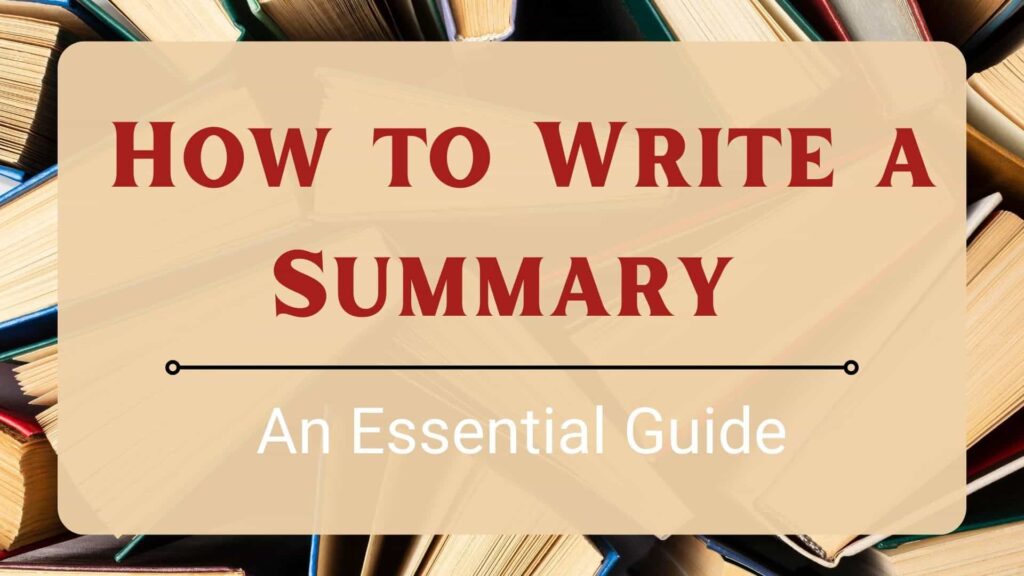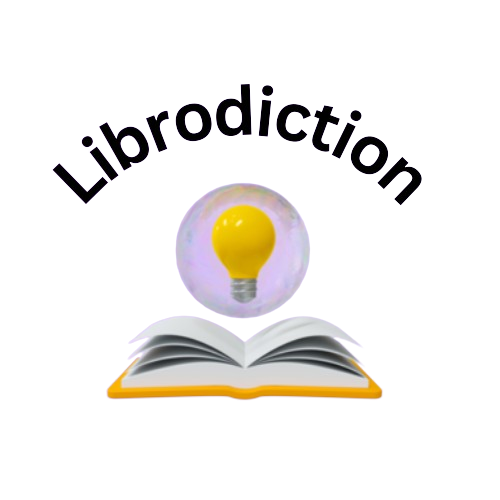
How to write a novel summaries?
Writing a thorough novel summary entails distilling the essential elements of the narrative while including sufficient details to allow readers to fully comprehend the themes, setting, characters, plot, and overall narrative arc. Here’s a step-by-step tutorial on creating a thorough novel summary:
- Carefully read the novel
Prior to writing a summary, carefully read the complete book. As you read, make notes on significant incidents, people, places, and themes. - Define the Fundamental Components
Headline and Writer: Start with stating the author’s name and the complete title of the book.
Setting and Genre: Mention the novel’s genre (fantasy, historical fiction, etc.) and give a brief description of the setting, including the time and place. - Describe the Primary Characters
Determine who the primary characters are that drive the plot and introduce them. Give succinct explanations of their relationships, responsibilities, and motives. - Describe the Storyline
Beginning: Summarize the starting point of the novel, including the introduction of characters and setting.
Middle (Conflict Development): Summarize the major incidents and difficulties the protagonists encounter as the story progresses. Emphasize the main disputes, challenges, and turning moments.
Final (Action): Explain how the issues are settled or wrapped up in the novel’s latter stages. Mention any noteworthy discoveries or modifications that take place. - Highlight Themes and Symbols
Discuss the major themes explored in the novel (e.g., love, betrayal, justice) and any recurring motifs or symbols that contribute to the story’s deeper meaning. - Evaluate Style and Tone
Give a brief analysis of the novel’s general tone and the author’s writing style (e.g., poetic, suspenseful, amusing). Take note of any successful usage of stylistic devices. - Avoid Spoilers
Take care not to give away any significant story twists or the specifics of the ending. Don’t give readers more than they need to know to be intrigued without detracting from their enjoyment of the book. - Provide Closure
Finish the synopsis by offering a succinct analysis of the novel’s relevance or influence. If it is pertinent, you could also discuss negative feedback.
By following these steps and structuring your summary in a coherent manner, you can effectively convey the richness of a novel while respecting the reader’s curiosity and engagement with the story.
When it comes to novel summaries on websites, they usually try to give brief but insightful explanations of the book’s contents. This is a thorough description of what you could discover:
- Overview: A succinct synopsis of the book usually opens a summary. This contains the title, the author, the genre, and occasionally the year of release.
- Plot Summary: The plot is the primary subject of this summary. Without going into every detail, it summarizes the main plot and highlights significant occurrences and developments. Giving readers a comprehensive grasp of the events in the book is the aim.
- Characters: Websites usually introduce the main characters in the novel description. They give an account of the main characters in the story, including their motivations, connections, and roles. This aids readers in understanding the story’s main dynamics.
- Setting: The summary may touch upon the setting of the novel—where and when the story takes place. Understanding the background against which events take place and how it affects the characters and plot can be greatly aided by knowledge of this context.
- Themes and Motifs: Some summaries discuss the themes or motifs explored in the novel. These are the overarching concepts or reoccurring symbols that the writer employs to make more profound points or insights. This part aids readers in understanding the novel’s wider importance that extends beyond its story.
- Style and Tone: Though less common in brief summaries, some websites might comment on the novel’s style and tone. This might involve the writing style of the author (for example, minimalist, descriptive) and the work’s emotional or thematic tone (for example, tragic, funny).
- Critical Reception (Optional): The website has a brief synopsis of the novel’s critical reception. This could include accolades received, evaluations from eminent critics, or the broad agreement over the work’s literary merits.
- Refraining from Spoilers: Accurate summaries take care not to give away important plot points or the resolution in detail, especially if doing so will make it less enjoyable for readers to learn these details while reading the book.
In general, online novel summaries try to give just enough details to enable readers to make an informed decision about whether or not to read the book. Before reading a novel cover to cover, they are a helpful resource for understanding its ideas and substance.
Lets discuss all the above the points in detail.
Overview of a novels
An “overview” in the context of a website’s novel summaries usually refers to a synopsis or short introduction that includes the salient details of the book. What an overview usually consists of is as follows:
- Title: The novel’s complete title.
- Author: The identity of the person who penned the book.
- Genre: A novel’s classification or style within literature (e.g., science fiction, romance, historical fiction, thriller).
- Publication Information: Occasionally contains information about the year the book was published or about any special editions (first edition, anniversary edition, etc.).
- Basic Context: One or two sentences that introduce the core idea or central premise of the book and set the stage for the summary.
The purpose of the overview is to provide readers with foundational information about the novel before diving into the more detailed plot summary and analysis.
By providing the title, author, genre, and any relevant publication facts that may be necessary to comprehend the context or relevance of the work, it aids readers in getting situated.
